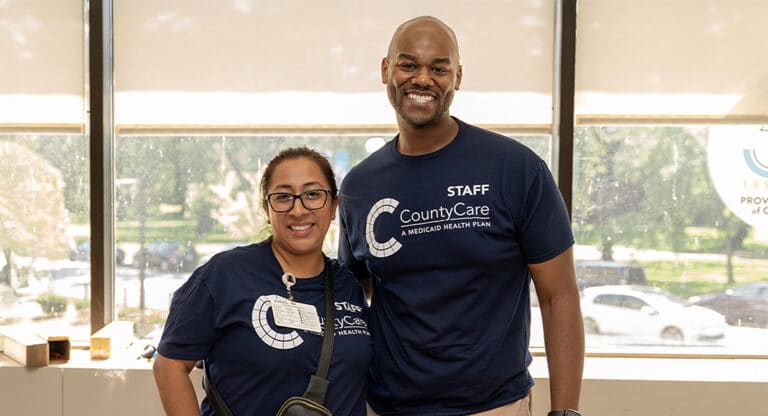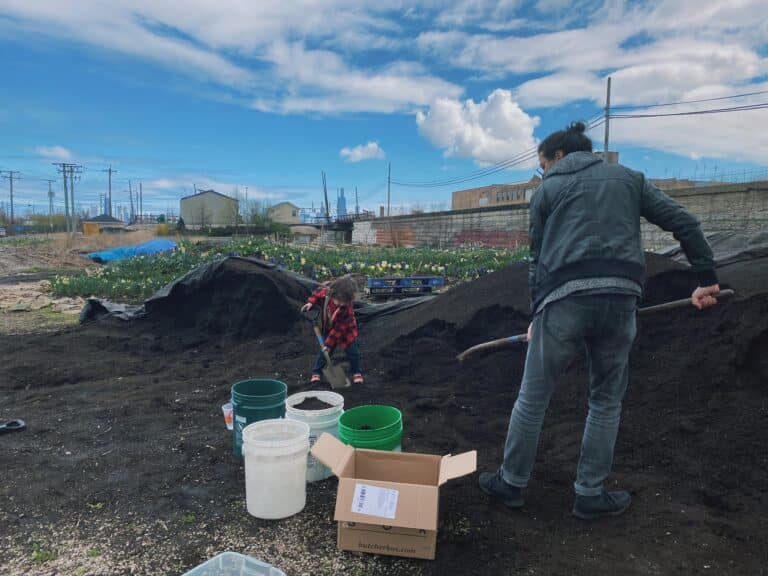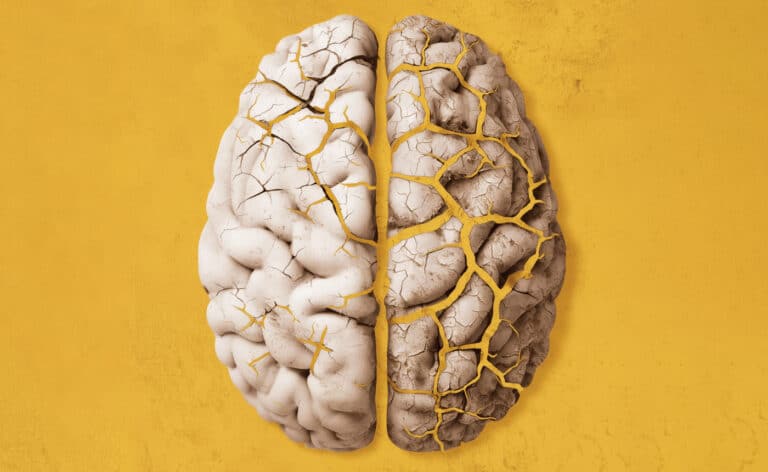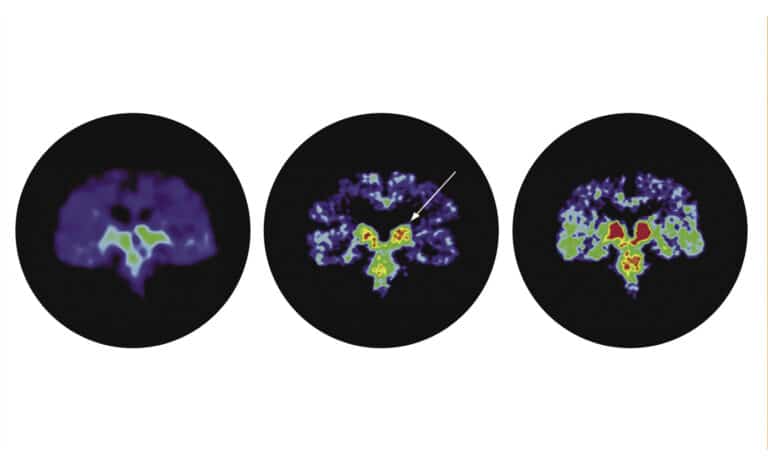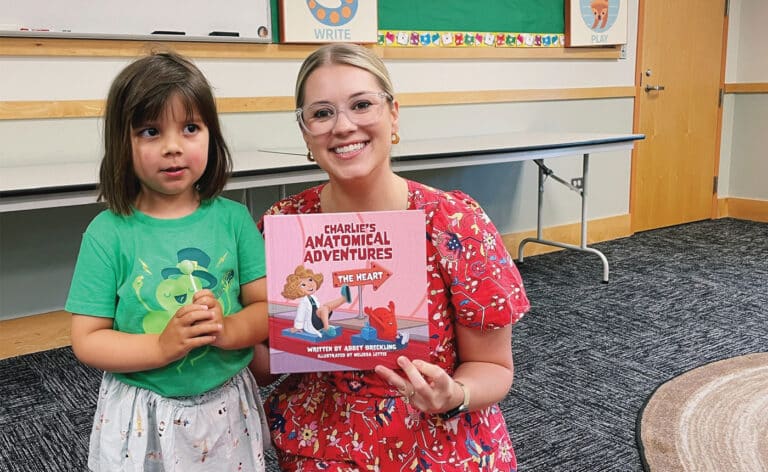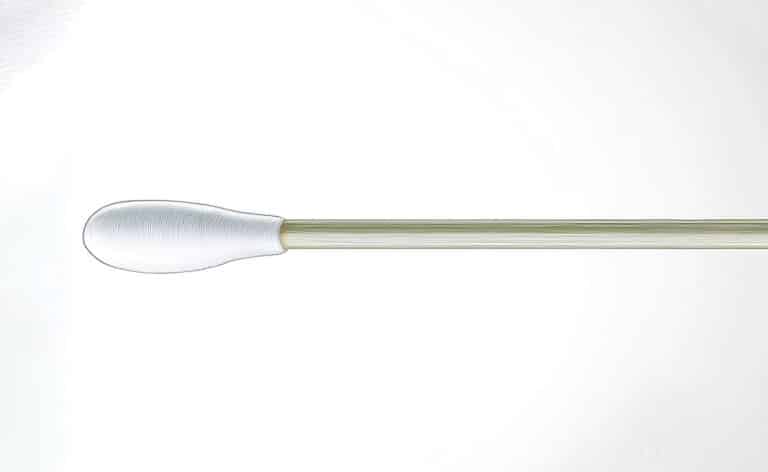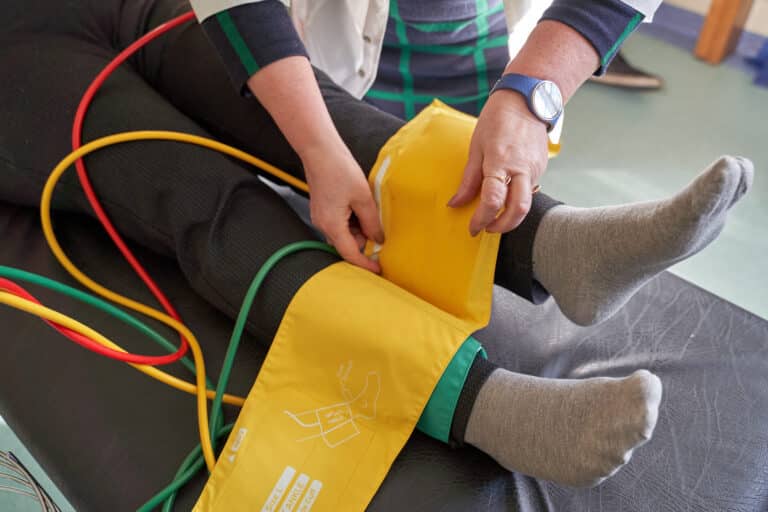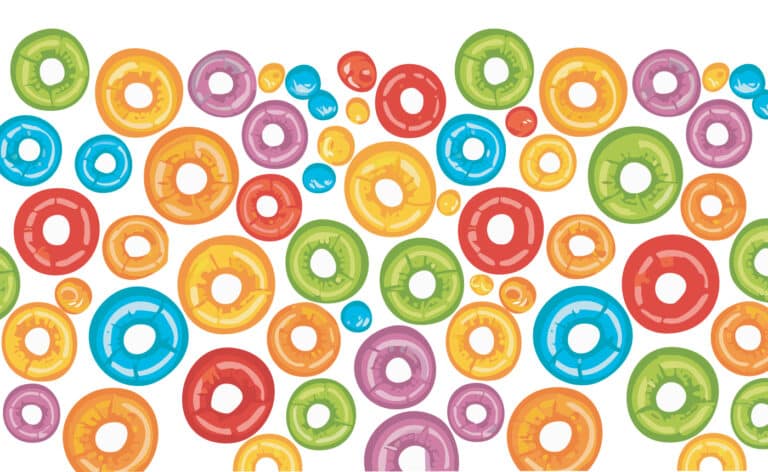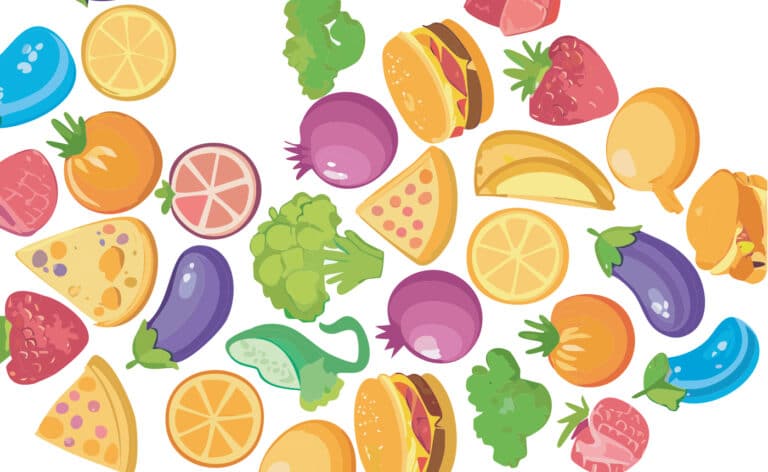Step into fun and fitness with line and square dancing
Fact checked by Shannon Sparks
When Joan Johns learned that her continuing care retirement community in Evanston was offering a line dancing class, she wasted no time signing up. “It pulled the string on a memory from a long, long time ago when I went to a line dancing bar,” Johns says.
Kathy Pace, the instructor who launched the class about a year and a half ago, has been line dancing for more than 30 years. “We have so much fun and laugh a lot,” she says.
The class has 14 regulars, both men and women, ages 70 to 90. The fun comes with clear physical health benefits. “While the activity is low impact, dancing requires shifting of weight from one foot to another — and often having only one foot on the ground at a time, which improves balance,” Pace says.
Classic line dancing steps such as the grapevine and the box step work muscles and joints that aren’t regularly used in day-to-day life, boosting coordination and agility.
Pace says that line dancing has mind-body benefits: It requires remembering the sequence of moves, then recalling and performing them in time and to the music. Line dancing also provides a fun and engaging way to socialize and improve overall well-being.
“When we’re learning to do something and we finally all do it together in unison like The Rockettes, it’s a wonderful feeling,” Johns says. The group calls itself the Rhythm Wranglers and has even choreographed a dance of its own. “It gives us an identity and a sense of community,” she adds.
In Glenview, James Cha calls dances for another group: the Glenview Squares. Cha says the group draws people of all ages and backgrounds. “Square dancing is a communal activity, and I’ve seen many close acquaintanceships and long-lasting friendships develop,” he says.
While similar to line dancing in that it is a group activity with a leader, square dancing has about 50 standard calls, which can be combined in an infinite number of sequences. “Square dancing has been described as a huge, human Rubik’s Cube because you have to make the calls that move people around and get them back to their base starting point,” Cha says.
A lawyer with the Environmental Protection Agency, he adds that there’s one crucial difference between the two dance styles. “When a person makes a mistake in line dancing, it doesn’t affect the others. But in square dancing, where four couples in a square formation work together as a team, when one person makes a mistake, it affects the whole dance,” Cha says.
Square dancing is complex, but Cha says it’s a form of low-intensity aerobics — good for the cardiovascular system and the brain. It helps with memory because dancers must remember both the calls and the moves they describe.
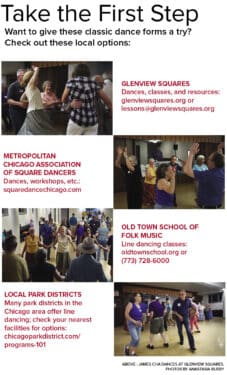
He selects music at around 125 beats per minute, drawing on popular artists like Lady Gaga or The Beatles, or emotional classics such as “Stand by Me” or “With or Without You.”
While square dancing is a well-known American tradition, its roots trace back to Europe. Early English settlers brought their country dances, while the French introduced the quadrille. Immigrants from Scotland contributed the reel, according to the Square Dance History Project. Early on, Appalachians and African Americans infused their traditions.
Square dancing, beyond being a boon for health, also reflects the cultural diversity of American society today.
Above photo: James Cha dances at Glenview Squares. Photo by Anastasia Busby
Originally published in the Fall 2025/Winter 2026 print issue.
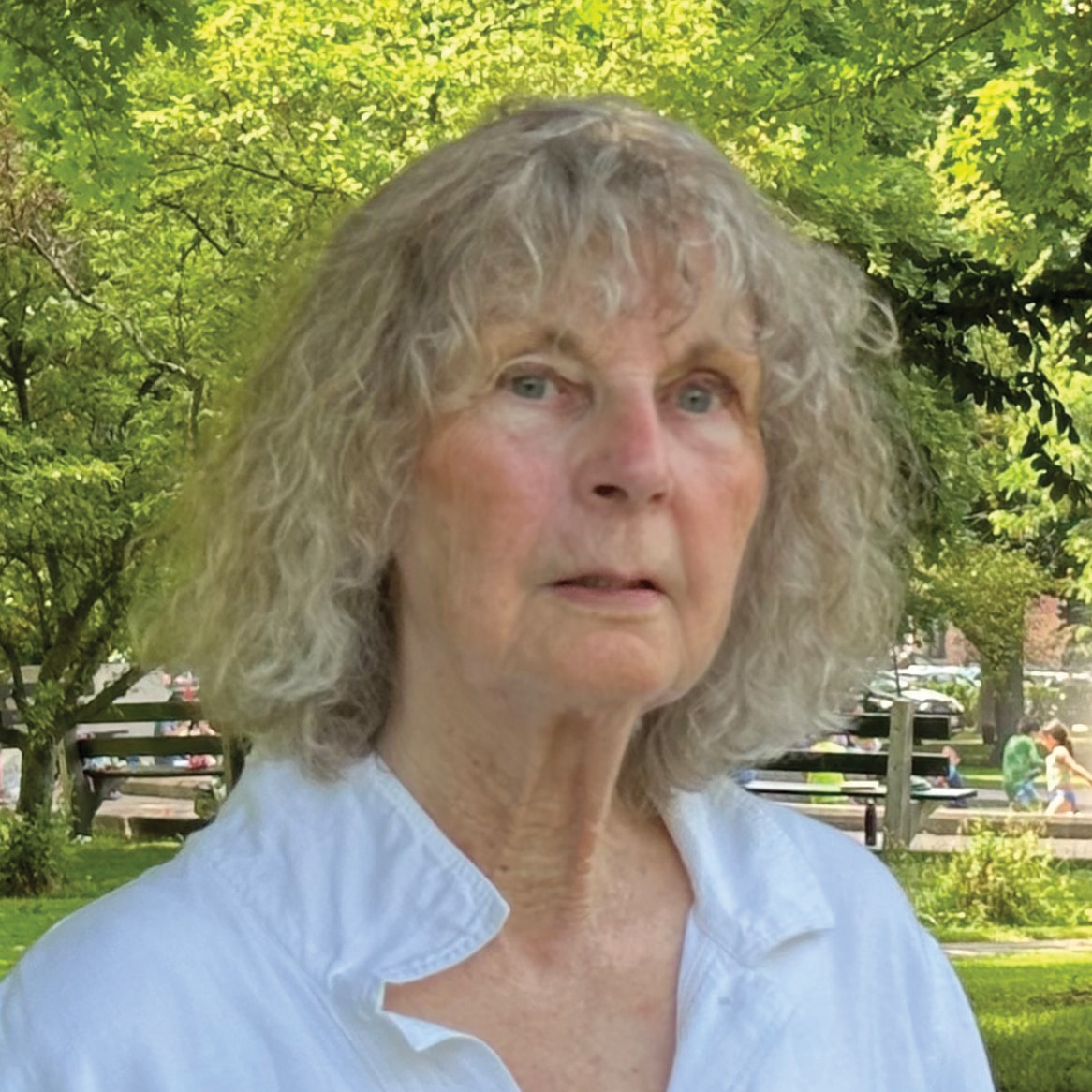
Nancy Maes, who studied and worked in France for 10 years, writes about health, cultural events, food and the healing power of the arts.


